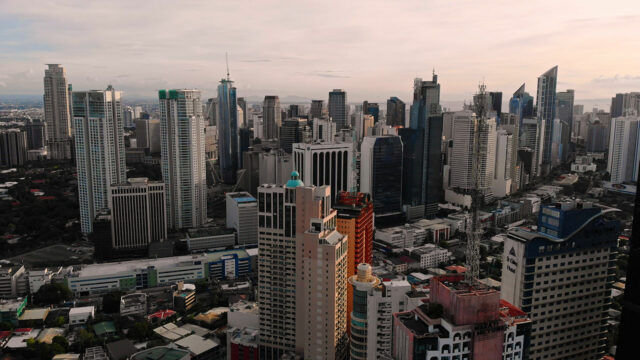Household spending seen to pick up this year
- Ziggurat Realestatecorp

- May 4, 2023
- 2 min read
Household spending in the Philippines may expand by 5.5 percent this year as consumer confidence continues to pick up from its all-time low during the height of the COVID-19 pandemic, according to Fitch Group’s research unit BMI.
However, this year’s growth projection in household spending is much slower than the 8.7-percent expansion recorded in 2022 as inflation is expected to remain elevated.
BMI, formerly Fitch Solutions Country Risk & Industry Research, said nominal income growth is still forecast to outpace inflation, which ensures real income growth for consumers, giving greater propensity for spending.
“However, inflation is likely to remain elevated, and we expect the central bank to tighten monetary policy further in an attempt to maintain control,” it said.
The Bangko Sentral ng Pilipinas (BSP) has raised key policy rates by 425 basis points since May last year to tame inflation and stabilize the peso. This brought the overnight reverse repurchase rate to a 16-year high of 6.25 percent from an all-time low of two percent.
BMI said Philippine inflation may further accelerate to 6.5 percent this year after quickening to 5.8 percent last year, exceeding the BSP’s two to four percent target range, from 3.9 percent in 2021.
It added that inflation is likely to remain elevated relative to the BSP’s target range of two to four percent, prompting the central bank to tighten monetary policy further to anchor inflation expectations.
“We forecast inflation will continue to worsen over 2023 (from 5.8 percent in 2022, to 6.5 percent over the year) and that this will continue to negatively impact the prospects for Filipino consumers,” BMI said.
“The risk now is that inflation remains elevated at these levels for longer than anticipated, which will accelerate the erosion of household purchasing power,” it said.
The unit of Fitch Solutions expects the Philippines’ gross domestic product (GDP) growth to slow sharply to 5.9 percent this year after picking up to 7.6 percent last year from 5.7 percent in 2021.
“The slowdown in growth is in line with expectations, but the pace of deceleration was more modest than predicted. Elevated energy prices and tightening monetary policy will result in further deceleration during the forecast period,” BMI said.
BMI’s forecast is slightly lower than the six to seven percent GDP growth target set by economic managers via the Development Budget Coordination Committee (DBCC).
According to BMI, the peso may depreciate further to 56.50 to $1 this year.
“For the Philippines, which remains heavily reliant on imports to meet local demand, this will provide further headwinds as imports will become costlier,” it said.
It added that the weakening of the peso would also reduce the amounts sent back by overseas Filipino workers (OFWs) in local currency.
The research arm sees unemployment averaging 6.3 percent this year from 4.8 percent in February.
“While inflation is eroding real gains in incomes, the strong labor market has been a major driver behind the growth in consumer spending, seen over 2022. However, with many economies now expected to slow or enter recession in 2023, we highlight increasing levels of unemployment as a risk to our consumer outlook in the short term,” BMI said.
Source: Philstar





Comments